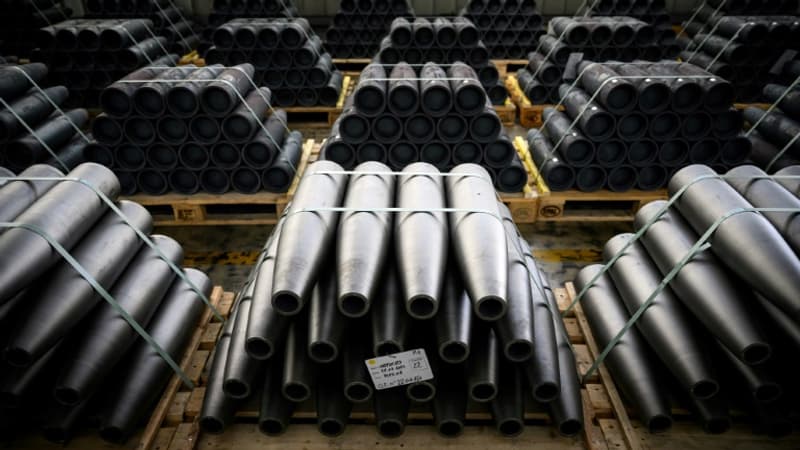Revenues from the world’s main arms suppliers fell in 2022, due to production problems that prevented companies from meeting the increase in demand, amplified in particular by the war in Ukraine, according to Sipri researchers.
According to the new report from the Stockholm International Peace Research Institute (Sipri), sales of weapons and military services by the 100 largest arms companies in the world reached $597 billion (€549 billion) in 2022, a decrease of 3.5% compared to 2021.
At the same time, geopolitical tensions, as well as the Russian invasion of Ukraine, have only fueled global demand for weapons and military equipment. In this context, the drop in income is “unexpected,” Diego Lopes da Silva, a Sipri researcher, tells AFP.
According to Sipri, this situation is largely explained by the drop in income of the main weapons manufacturers in the United States, where they have faced “supply chain problems and labor shortages” derived from the coronavirus pandemic. Covid-19.
In Seoul, the States-Unis ont registered a base of 7.9% of leurs ventes d’armes in 2022 mais représentent quand même 51% des revenus mondiaux d’armement this même année, with 42 American companies figurant parmi les 100 premières to the world.
Vulnerable
American weapons suppliers are particularly vulnerable to disruptions in supply chains because the weapons systems they produce are often more complex than elsewhere.
Russian arms manufacturers also saw their revenue drop significantly, by 12% to $20.8 billion, the report shows. This drop is partly due to the sanctions imposed on Russia, but could also be the result of delays in payments by the Russian State, the researcher notes. Furthermore, the transparency of arms manufacturers in Russia has decreased and only two Russian companies were included in the top 100 “due to the lack of available data,” Sipri notes.
In other regions of the world where the military equipment produced is less complex, manufacturers have been able to meet demand, such as the Middle East and Asia-Pacific. The increase was strongest in the Middle East with growth of 11% to $17.9 billion. A boon for Turkish companies in particular: Baykar, which produces drones widely used in Ukraine, saw its revenue increase by 94%.
Military expenses
The combined turnover of arms suppliers in Asia and Oceania increased by 3.1% to $134 billion in 2022.
China, one of the world’s top arms exporters, saw its eight ranked arms companies increase their total revenue by 2.7% to $108 billion. Looking ahead, Lopes da Silva sees no signs of slowing demand.
Additionally, many European countries have committed to increasing their military spending in light of the Russian invasion of Ukraine, with some targets extending to 2030. “This demand will continue in the coming years. Therefore, we expect military spending continue to increase and, consequently, so does the income from weapons, the researcher anticipates.
Source: BFM TV


